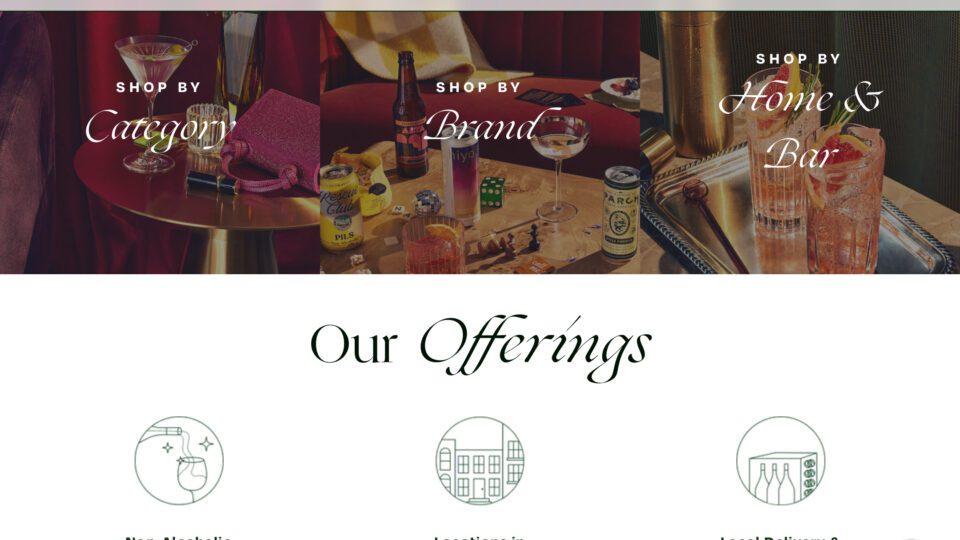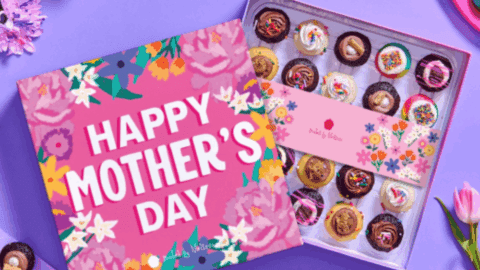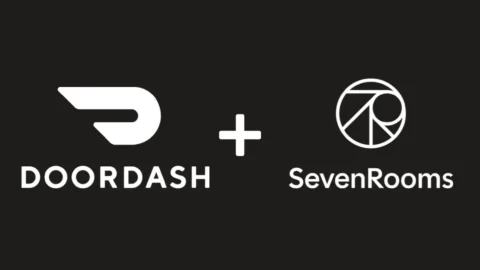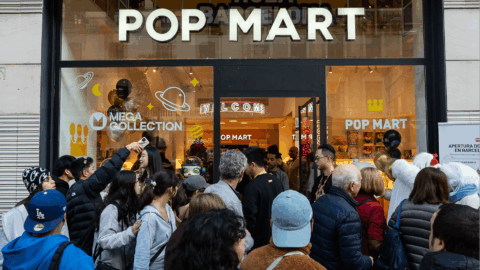The stress of the pandemic sparked a surge in the wine, beer and spirits market: a 2020 RAND Corporation study found that alcohol consumption among adults 30 and older increased by 14%. However, beginning in late 2020, many people started to re-evaluate their habits and explore no- and low-alcohol (NA) beverage options. Sales of these products reached $3.1 billion in 2021, up from a mere $291 million the year before. By the end of 2024, IWSR predicts that the NA spirit, wine and beer market will grow another 31%.
Nick Bodkins and Barrie Arnold were two of the many people curbing their drinking during the pandemic, and that’s when they came up with the idea of Boisson as a one-stop shop for NA products.
“I was trying to find some non-alcoholic options to provide myself with some sense of normalcy,” said Bodkins, Co-founder and CEO of Boisson in an interview with Retail TouchPoints. “I found myself in the typical DTC trap where it only makes sense to buy from a beverage brand if you buy a lot of it. So, I went to one site, bought non-alcoholic gin, went to another site to get non-alcoholic Campari and then to another for the vermouth. Before I knew it, I had three different accounts, three different shipping minimums and three boxes. The frustration comes when you think, ‘if I don’t like these products, what do I do?’”
Boisson is aiming to address this issue by taking a hybrid approach to expansion and offering consumers:
- An immersive and curated ecommerce experience;
- Localized store concepts that allow visitors to discover and learn about NA products;
- Seamless fulfillment experiences driven by store operations;
- High-end partnerships that bring NA cocktails to high-end restaurants and travel destinations; and
- Personalized marketing and services powered by a first-party data model. and high-end partnerships.
Thoughtful Curation Creates Better Customer Experiences
Although starting the business with a hybrid model undoubtedly makes NA products more accessible, Boisson’s brand aesthetic and merchandising approach also helps make this category a bit more en-vogue. (Of course, having celebrities like Blake Lively, Bella Hadid and Katy Perry start their own NA brands doesn’t hurt.) But Bodkins noted that interest in NA products is growing globally, and Boisson’s highly curated digital platform makes it easier for consumers to browse and buy from more than 125 NA brand options.
“We’re on track this year to see more than 6X growth over last year, and that’s probably not going to slow given our ambitions,” Bodkins said. “And with our recent investment, we’re going to focus on scaling our operations. We know the levers that we need to pull in order to do that.”
While there’s a high level of VC investment in the NA spirits space, Boisson is more concerned at the moment with building shopper loyalty via careful curation and high customer service levels.
Advertisement
“From our position, we’re not looking to be the Amazon, or everything retailer, for NA,” Bodkins noted. “We’re coming to this market with a thesis that our customer needs to trust that we’re doing the curation. We receive [pitches from] nine to 12 brands a week, and usually out of 100 brands, maybe two to four ultimately get through. Because the last thing we ever want is for someone’s first experience to be clicking on an ad through Instagram and it’s not high quality.”
Physical Stores Serve as Discovery Stations for NA Products
Boisson’s innately hybrid business model helps the retailer build trust and validate its curatorial approach. The company opened its ecommerce site and first store location on the same day, and that hybrid customer experience acts as the brand’s North Star.
“From day one, we saw an opportunity for our stores to be the pedestal that all the brands we carry can sit on,” Bodkins explained. “That way, when consumers start to realize NA should be included in their lives, they come to us. [The stores] are where they come to try before they buy.”
Boisson currently has nine physical locations: six in New York City, two in Los Angeles, one in San Francisco — and more domestic and international locations planned within the next year. These stores are designed to be reminiscent of neighborhood shops and corner markets, so consumers can learn about NA products and discover new brands.
“We’re also able to carry a very curated collection from start to finish, so customers can discover their taste preferences, their flavor profiles and the brands that resonate with them,” Bodkins said. “We’re able to be their source, and they can know that we will have the best of the best. The true innovation in the NA space is creating a sense of familiarity for the consumer, like going to their local wine and liquor store. It’s a fiercely personal thing.”
Store-Based Fulfillment Keeps Costs in Check
Boisson benefits from the brand equity and engagement that comes with physical spaces, but its stores also help temper the costs and complexities that many online-only DTC brands have been forced to navigate.
With a deep history in DTC marketing, Bodkins knew the challenges that came with managing rising cost-per-acquisition (CPA) costs, changing fulfillment expectations and inevitable online returns. That’s why the stores “act as fulfillment centers, which is really important to get products out to customers quickly,” he said. “For a company that’s selling a bottle of NA wine that costs $38, the only people making money in that scenario are the third-party fulfillment centers charging for every single little thing, from wrapping costs to box costs.”
As part of its expansion strategy, Boisson launched an on-premise arm of the business, which gives restaurants, bars and hospitality properties access to wholesale distribution and product education for the NA cocktail, spirit and wine market. To get NA-filled glasses into the right hands, the retailer has tested several partnerships with high-end properties, including The Surf Lodge, The Summer Lodge at The St. Regis and Aspen Food + Wine, to develop zero-proof cocktail and beverage menus that support VIP dinners and tasting events.
These partnerships help get the Boisson brand in front of new, affluent customers, but it also helps grow the broader NA spirits category, which Bodkins said was a top priority for the business. “The brands that we carry and distribute are small companies — they don’t have the resources to get into Surf Lodge in Montauk and execute an experience,” he said. “We almost act as a CPG rollup for a lot of these DTC startup brands, and activating [the market] by being curators and engaging the customer base in these spaces.”
Building a First-Party Data Engine
With such rapid growth on the horizon, Boisson is focused on building out its first-party data engine. When the company got its first 3,000 customers, Bodkins told his small team to build a first-party data model with “all the plumbing that allows us to execute a customer data platform,” he said. He believes this was key to setting the business up for sustainable long-term growth.
“Facebook’s algorithm, Google’s changes and iOS 14 are less relevant when you’re working with first-party data that customers are willing to give you,” Bodkins said. “It’s about focusing on our first-party data strategy, customer referrals and diversification of the channels we play in for acquisition and retention.”
Boisson uses Simon Data, a customer data platform, to better understand audience behaviors across all channels and, in turn, adapt its strategies based on specific preferences. The marketing team can build out and merge customer profiles to get more context around how often customers purchase, whether they open emails or if SMS messaging is their preferred channel for brand messages. Then, the marketers can build and dynamically update customer information, including average number of days between purchases and average order value, to carve out segments and use these insights to better orchestrate and tailor campaign execution.
“Imagine if you’re a marketer and you don’t have the context of transactional messages that have been sent through,” Bodkins said. “Then, a customer places two orders with you, gets a delivery update and then writes in to customer service. Imagine being a marketer and not having that knowledge, and then you blast them with the next email campaign.”
More robust and real-time customer profiles also enable Boisson to create more localized offers and creative based on specific markets. Imagine receiving an email featuring recommendations for NA rosé and sparkling wine on an exceptionally nice spring day. “We can distribute something like this in no time because we have the creative rolled up, we can easily pull in some segments and suppress some customers because they just made a purchase,” said Bodkins. “All of these capabilities make us nimble, faster marketers.”















